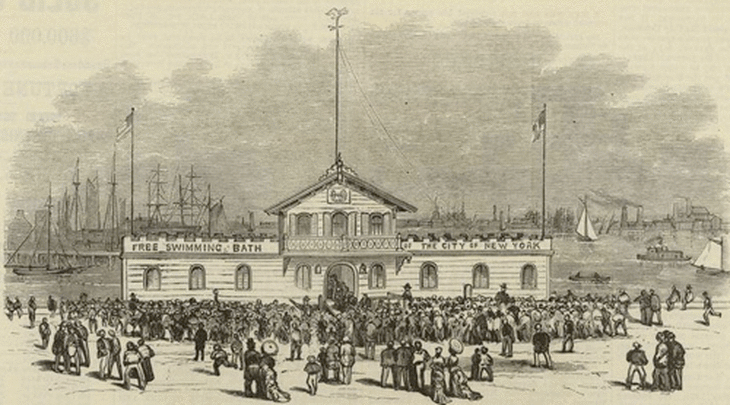Remembering the Columbia Protest of '68: "Outside Agitators"
Fifty years ago this week, students at Columbia shut down the university for seven days, in protest of plans to build a gymnasium in a nearby Harlem park, university links to the Vietnam War, and what they saw as Columbia’s generally unresponsive attitude to student concerns.
Today on Gotham, we continue a weeklong series featuring excerpts from a new collection of more than sixty essays, edited by Paul Cronin, reflecting on that moment. A Time to Stir reveals clearly the lingering passion and idealism of many strikers. But it also speaks to the complicated legacy of the uprising. If, for some, the events inspired a lifelong dedication to social causes, for others they signaled the beginning of a chaos that would soon engulf the left. Taken together, these reflections move beyond the standard account, presenting a more nuanced Rashoman-like portrait. On Monday, we considered the remembrances of students (male, female, black, white, visiting, resident, pro, anti), followed on Tuesday, Wednesday, and Thursday by select views of faculty, police officers, and government officials. Today, we hear from some of the "outside agitators" often blamed at the time for stirring up the trouble.
Copyright (c) 2018 Columbia University Press. Used by arrangement with the publisher. All rights reserved.
Read More









